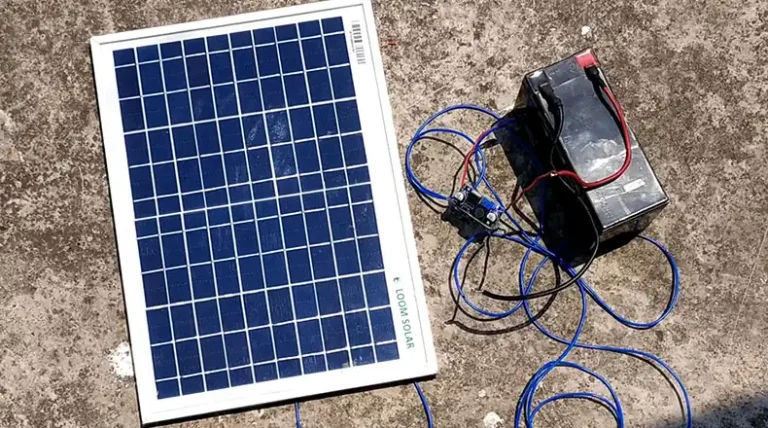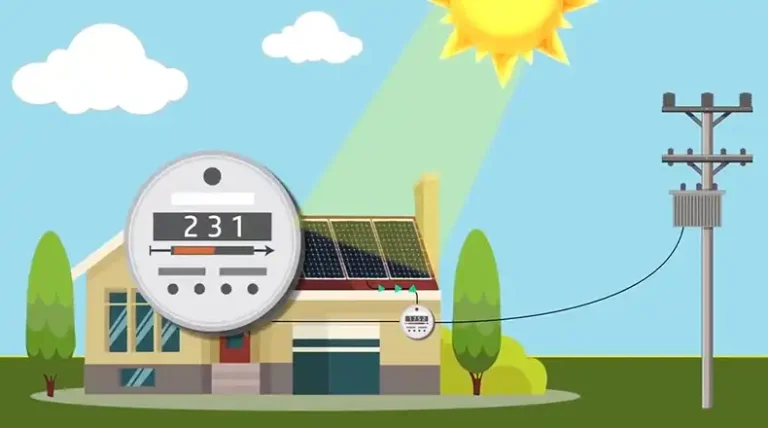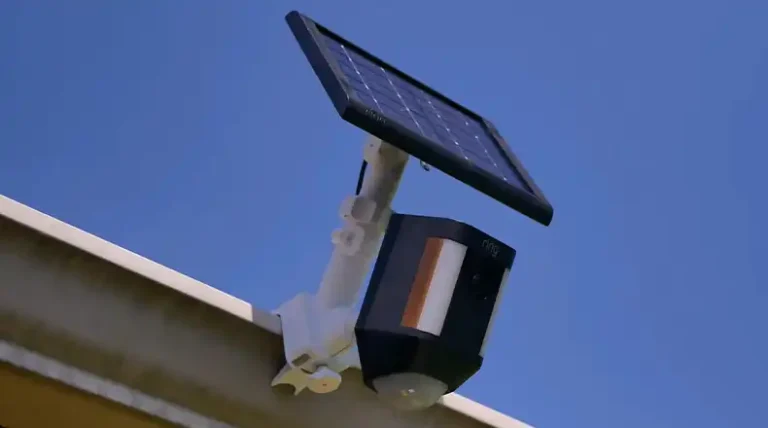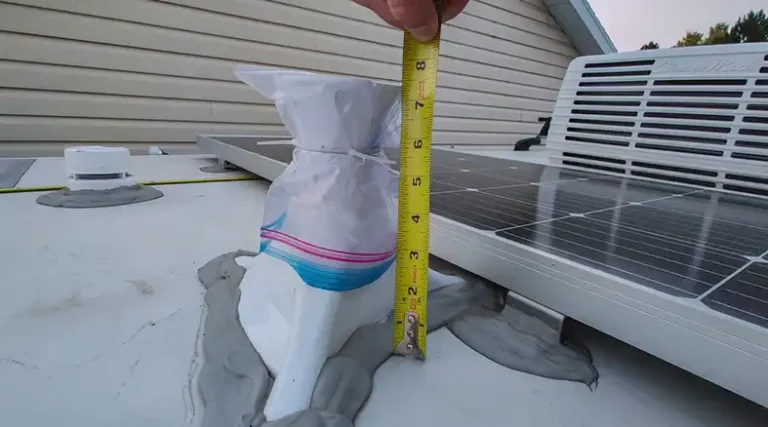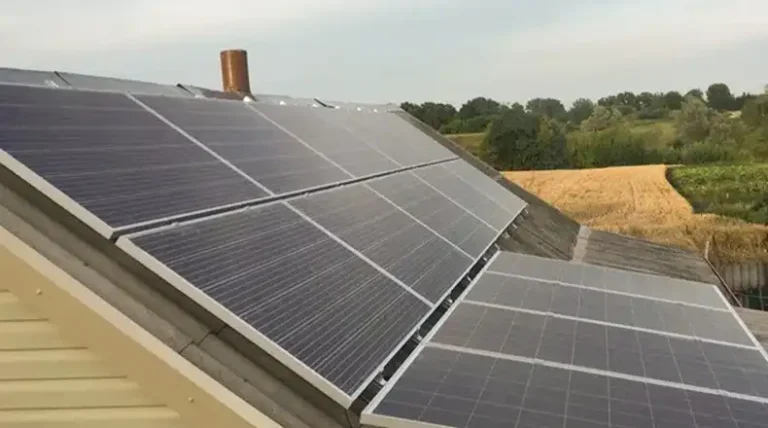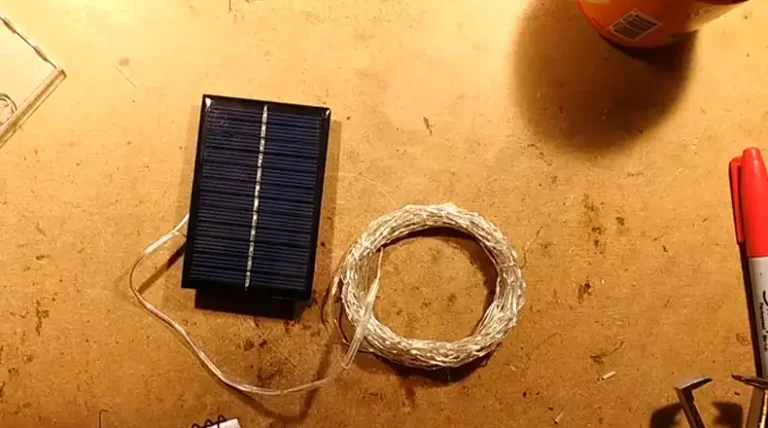How to Protect Your Solar Panels from Hailstones | Step-by-Step Guide
Did you know? Up to 25% of solar panel insurance claims are due to hail damage! This staggering statistic highlights the importance of safeguarding your solar investment against the brutal force of hailstorms.
Hailstorms pose a significant threat to solar panels. These icy projectiles can crack the tempered glass, damage internal electrical components, and significantly reduce efficiency or render the panels inoperable. Unaddressed hail damage can result in substantial financial losses and even safety hazards from exposed wiring.
Luckily, there are proactive and reactive strategies to protect your solar panels from the wrath of hail. In this comprehensive guide, we’ll explore various methods to shield your solar investment, ensuring a worry-free and sustainable energy future.
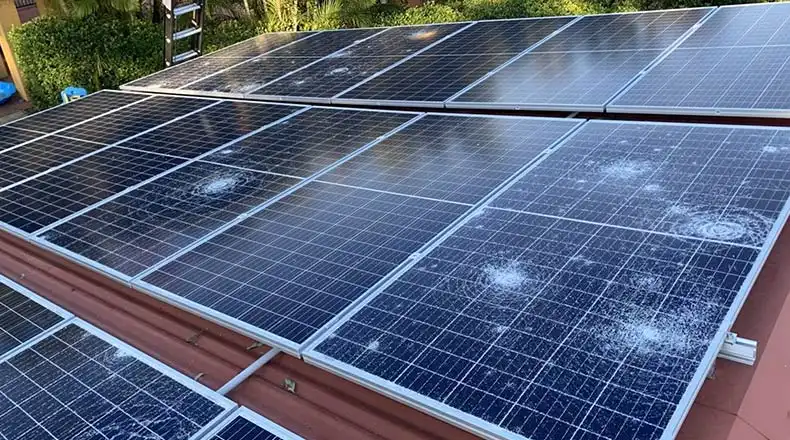
Hailstone Damage to Solar Panels
Grasping the potential impact of hailstorms on your solar panels is crucial. From direct impacts that shatter tempered glass to microscopic cracks that degrade efficiency, hail can wreak havoc on your solar investment.
1. How Hail Affects Panels
Direct Impact: Imagine the force of hailstones, some as large as golf balls, pummeling your solar panels. These icy projectiles can crack the tempered glass, exposing the delicate electrical components to moisture and causing short circuits.
Microscopic Damage: Even small hail can cause micro-cracks in the glass, which may not be visible to the naked eye but can gradually reduce panel efficiency over time.
Internal Damage: The impact of hail doesn’t just affect the surface; it can also damage the delicate electrical components within the panel, leading to power loss and potential safety risks.
2. Hailstone Severity
The extent of damage depends on several factors –
Hailstone Size: Larger hailstones, especially those exceeding the size of a golf ball, obviously cause more significant damage.
Wind Speed: High winds during a hailstorm can exacerbate the impact force of hailstones, increasing the likelihood of panel damage.
Angle of Impact: Panels struck directly by hail are more likely to suffer damage compared to those hit at an angle.
3. Identifying Hail Damage
Visual Inspection: The first step is to conduct a thorough visual inspection of your panels, looking for cracks, chips, or spiderwebs in the tempered glass.
Performance Decline: Monitor your solar production closely for any sudden drops in power output, which could indicate underlying damage.
Hotspots: Use a thermal imaging camera (or contact a qualified electrician) to detect hotspots on the panel, which could signify internal damage.
Proactive Protection Strategies to Protect Your Solar Panels from Hailstones
Taking preventive measures is key to safeguarding your solar panels against hailstorms. Choosing certified, hail-resistant panels with tempered glass and ensuring proper installation can significantly minimize potential damage.
A. Choosing Hail-Resistant Panels
International Standards: Look for solar panels certified to meet IEC 61215 (crystalline silicon) or IEC 61646 (thin-film) standards, which test hail resistance at specific sizes and impact velocities. These certifications ensure that the panels can withstand a certain level of hail impact.
Tempered Glass: Opt for panels with tempered borosilicate glass, known for its superior strength and durability against hail impact compared to regular glass.
B. Proper Installation Considerations
Tilt Angle: Follow manufacturer recommendations for the optimal tilt angle for your location. This can minimize the surface area exposed to hail during a storm, reducing the risk of damage.
Wind Load Rating: Ensure your racking system is designed to withstand the wind load in your area, especially during storms. A secure mounting system prevents hail from dislodging or damaging panels.
Automated Tilting Systems (Optional): Consider investing in systems that automatically adjust the panel angle to a near-vertical position during hail forecasts. This minimizes the surface area exposed to hail impact, but these systems may be more expensive.
Reactive Protection Strategies to Protect Your Solar Panels from Hailstones
Even with proactive measures, unexpected hailstorms can strike. In such scenarios, reactive protection like temporary covers and weather monitoring can be invaluable in minimizing damage.
A. Temporary Covers
Cover Options: When a hailstorm is imminent, utilize tarps, thick blankets, or specialized hail protection shells designed specifically for solar panels.
Material Selection: Choose strong, tear-resistant materials that can withstand hail impact. Avoid using abrasive materials that could scratch the panels.
Securing Covers: Securely fasten the covers to the racking system using ropes, straps, or sandbags to prevent wind from tearing them off during the storm.
Removal After Storm: Remember to promptly remove the covers after the hailstorm has passed to allow for continued solar energy production.
B. Monitor Weather Forecasts
Proactive Monitoring: Stay informed about severe weather alerts and forecasts in your area by subscribing to reliable weather services or apps.
Taking Precautions: Based on hail forecasts, take necessary precautions like installing temporary covers or shutting down the solar system using the emergency shutdown procedure outlined in your inverter manual.
What Else to Consider to Protect Your Solar Panels from Hailstones?
Beyond the core strategies, several additional factors warrant consideration, including insurance coverage, regular maintenance, and a cost-effectiveness analysis to ensure a well-rounded hail protection plan.
A. Insurance Coverage
Standard Coverage: Review your homeowner’s insurance policy to determine if it covers hail damage to solar panels. Many standard policies may exclude or have limited coverage for solar systems.
Additional Coverage: Consider purchasing specific hail damage coverage for your solar system, either as an add-on to your existing policy or through a specialized solar insurance provider, for added peace of mind.
B. Maintenance and Cleaning
Regular Cleaning: Regularly clean your solar panels to remove debris and ensure optimal efficiency. This may also help identify micro-cracks caused by hail that could have gone unnoticed.
Post-Storm Inspection: After a hailstorm, conduct a thorough visual inspection of your panels for any damage, and consider contacting a qualified solar professional for a detailed inspection using thermal imaging to detect any potential internal damage.
C. Cost-Effectiveness Analysis
Upfront Costs: Weigh the initial investment in hail-resistant panels, stronger racking systems, or automated tilting mechanisms against the potential cost of repairs or replacements after hail damage.
Long-Term Savings: While hail-resistant features may have a higher upfront cost, they can provide peace of mind and potentially save money on repairs and replacements in the long run, especially in hail-prone areas.
Is It Worth the Extra Cost to Invest in Hail-Resistant Solar Panels?
While hail-resistant features may have a higher upfront cost, they can provide peace of mind and potentially save money on repairs and replacements in the long run, especially if you live in an area prone to hailstorms. To help illustrate the potential savings, let’s consider an example scenario –
Suppose you have a 6kW solar panel system with an estimated cost of $15,000 for a standard installation. If you choose to invest in hail-resistant panels and a reinforced racking system, the upfront cost may increase by approximately 20%, bringing the total to $18,000.
Now, let’s assume that over the 25-year lifespan of the system, you experience two moderate hailstorms that cause significant damage to your standard panels, requiring replacements costing $3,000 each time.
In this scenario, the total cost of the standard system with replacements would be:
$15,000 (initial cost) + $6,000 (two replacements) = $21,000
On the other hand, the hail-resistant system, while more expensive upfront, would not require any replacements due to hail damage, resulting in a total cost of $18,000 over 25 years.
As shown in the table below, investing in hail-resistant features can potentially save you $3,000 in this example –
| System | Initial Cost | Replacement Costs | Total Cost (25 years) |
| Standard System | $15,000 | $6,000 | $21,000 |
| Hail-Resistant System | $18,000 | $0 | $18,000 |
It’s important to note that these figures are estimates and can vary depending on the specific products, location, and severity of hail events. However, this example illustrates how investing in hail protection can potentially offset the higher upfront cost through long-term savings on repairs and replacements.
End Note
Protecting your solar panels from hailstorms is essential to safeguard your investment and ensure a reliable and sustainable energy source. By employing proactive measures like choosing hail-resistant panels, ensuring proper installation, and utilizing temporary covers during hail threats, you can significantly reduce the risk of costly damage.
Regular maintenance, inspections, and adequate insurance coverage provide an additional layer of protection. While hail-resistant features may come with a higher upfront cost, they can potentially save you money in the long run by avoiding costly repairs and replacements.
If you live in an area prone to hailstorms, consult with a qualified solar installer to discuss the best hail protection options tailored to your location and system design. Taking action today can secure your solar investment and ensure worry-free, clean energy for years to come.

